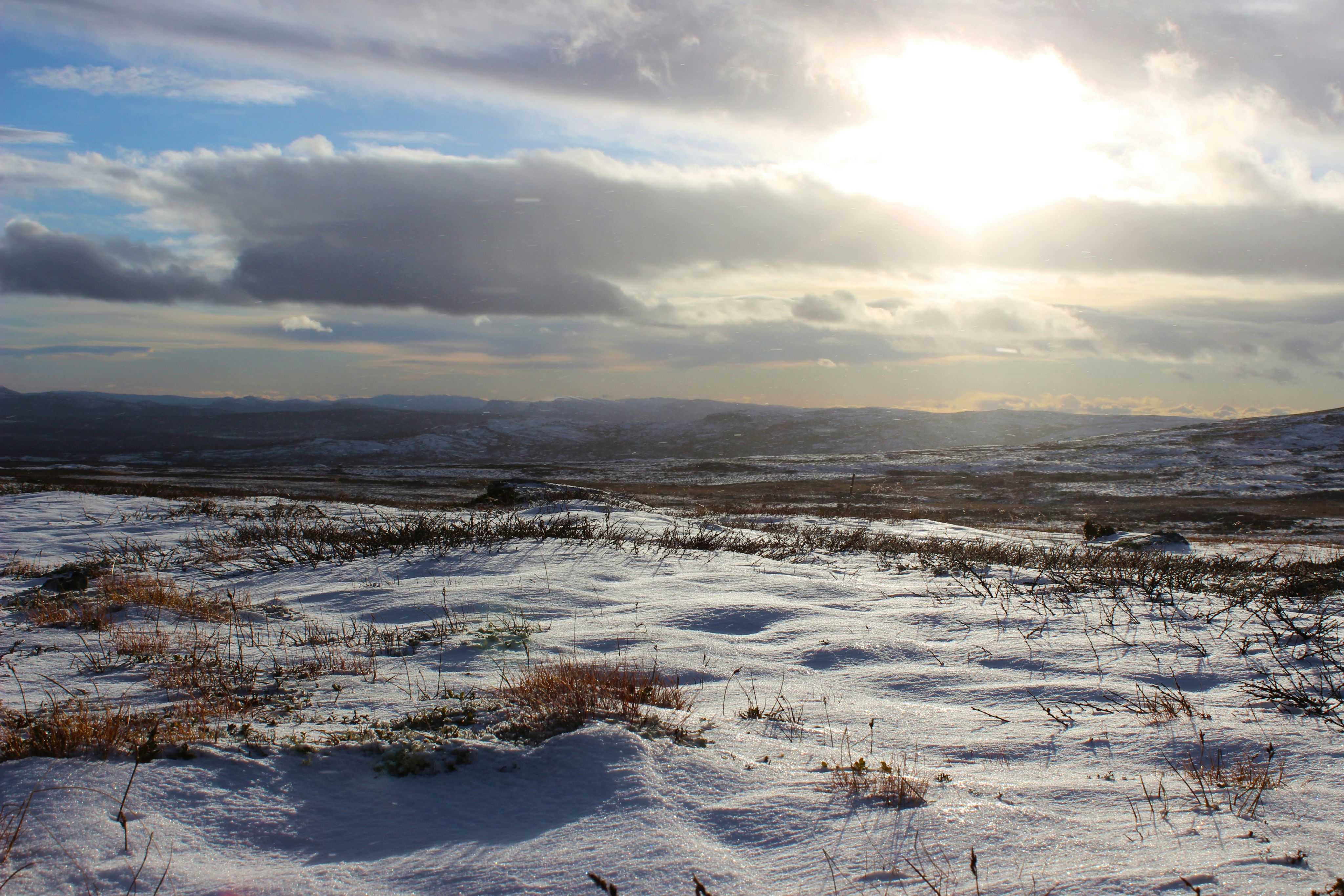Unearthing the unexpected and explosive consequences of climate change
CEB researchers uncover potential cause behind mysterious Siberian craters

Massive craters have been appearing in the rural tundra of Siberia’s Yamal Peninsula, some up to 70 metres across, seemingly without explanation. These strange gouges in the landscape prompted concern from the scientific community and had no obvious cause.
Until now.
Recent research from the Department of Chemical Engineering and Biotechnology (CEB) has discovered that these explosions are caused by a hidden mechanism tied to climate change.
It began in 2014.
The first crater, 30 metres in diameter, appeared with no explanation in the frozen tundra.
Scientists at CEB have finally uncovered the mystery of why, and it has far-reaching consequences for climate change and the future of the planet.
Credit: AGU
"It’s very important we understand and explain the mechanisms behind this phenomenon. We are destabilising systems that have been stable for a very long time, with impacts we can’t yet fully account for," said Dr Ana Morgado, first author on the paper that described the mechanism behind this phenomenon.
During summer, thawed fresh water at the surface migrates to depth through osmosis, accumulating in a cryopeg - a lense of unfrozen high salinity water within the permafrost. Increases in the volume of the cryopeg cause the soil fracture, resulting in a rapid decrease of pressure at depth. The change in pressure causes destabilisation of the methane hydrates, releasing methane.
This creates a swelling in the ground as methane builds up beneath the surface. When the ground cannot hold the pressure any longer it erupts, spewing soil and ice outwards as the methane is released into the atmosphere; and leaving the telltale crater behind
Ana and the team’s paper shows that the thawing permafrost can cause these cryopegs to swell and destabilise their local environment. If these cryopegs occur in close proximity to reservoirs of methane hydrates, as they do in the Yamal Peninsula, then the conditions will likely lead to these eruptions.
Although the craters appear in this remote, sparsely populated area, their impact on global climate systems could have far-reaching impacts.
Methane is a powerful greenhouse gas and any significant release into the atmosphere impacts global temperatures.
The team behind the study hope to develop further understanding of the scale of the problem, and the amount of methane being released, with a long-term aim of offering solutions..
These craters, Ana said, are an example of the cyclical nature of the environment as both an effect and cause of global temperature rise. Understanding these eruptions could be crucial to combatting unexpected impacts of climate change.
You can read Ana et al’s paper in Geophysical Research Letters.

